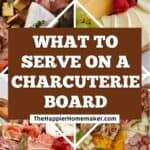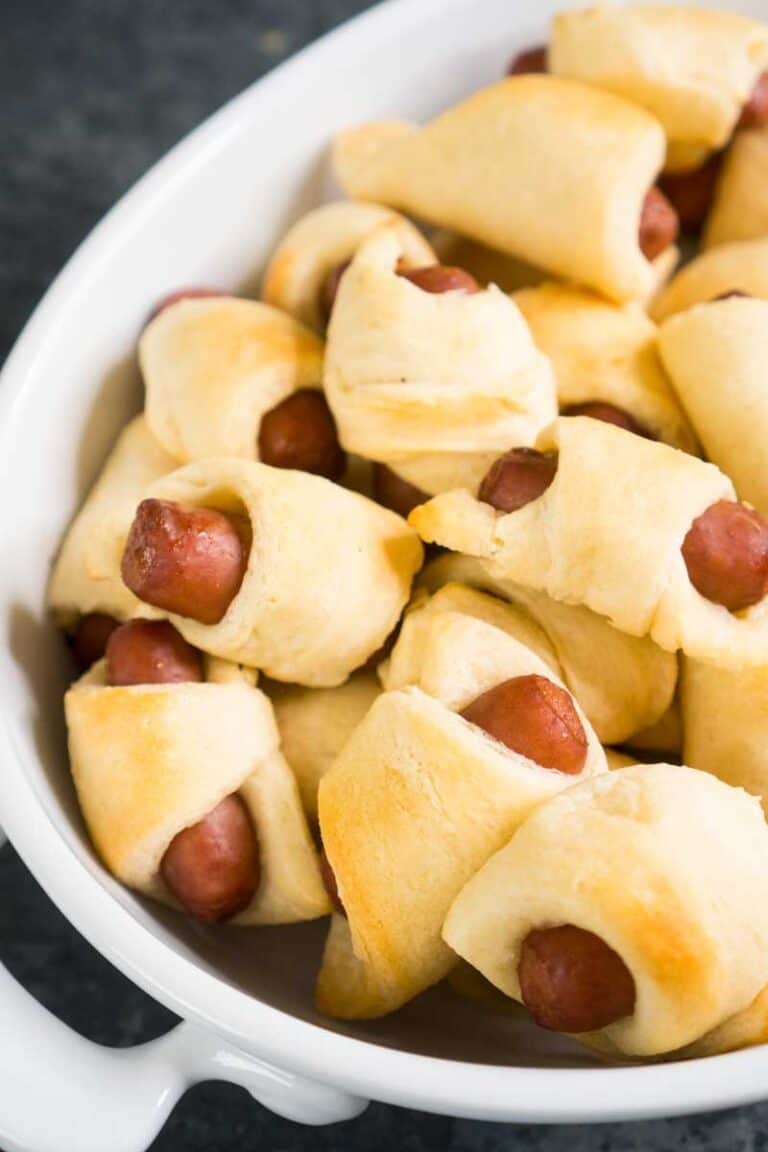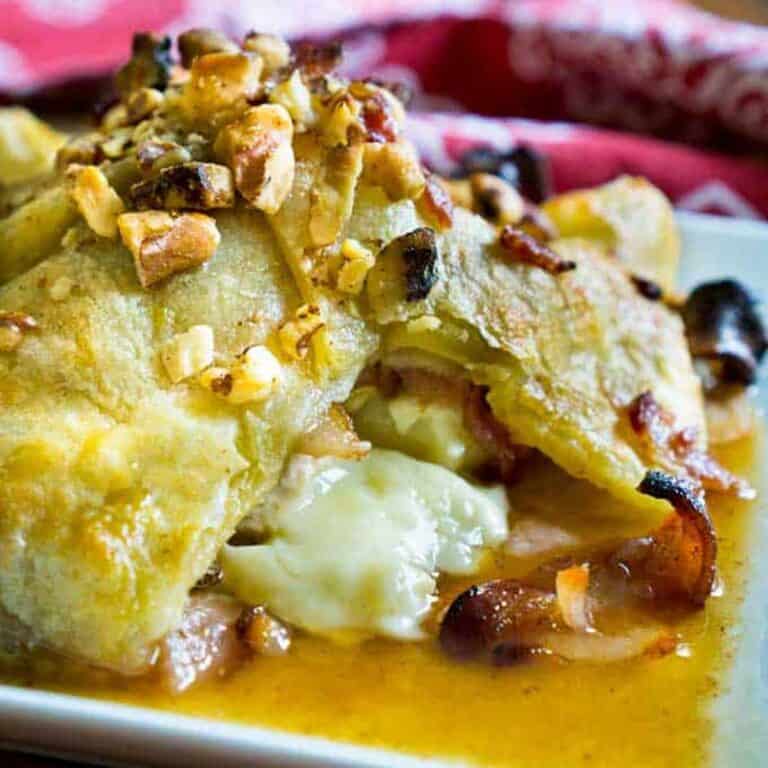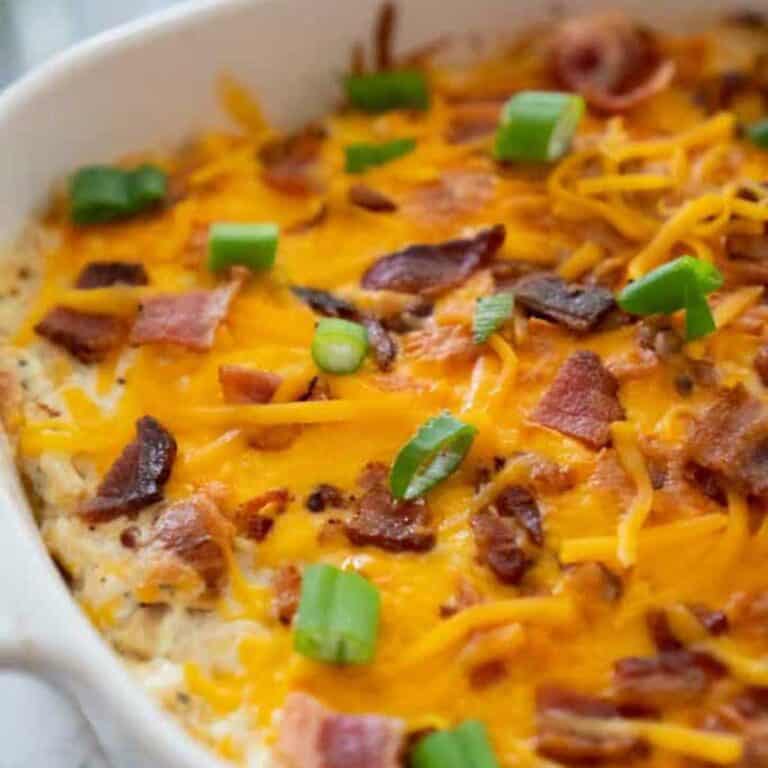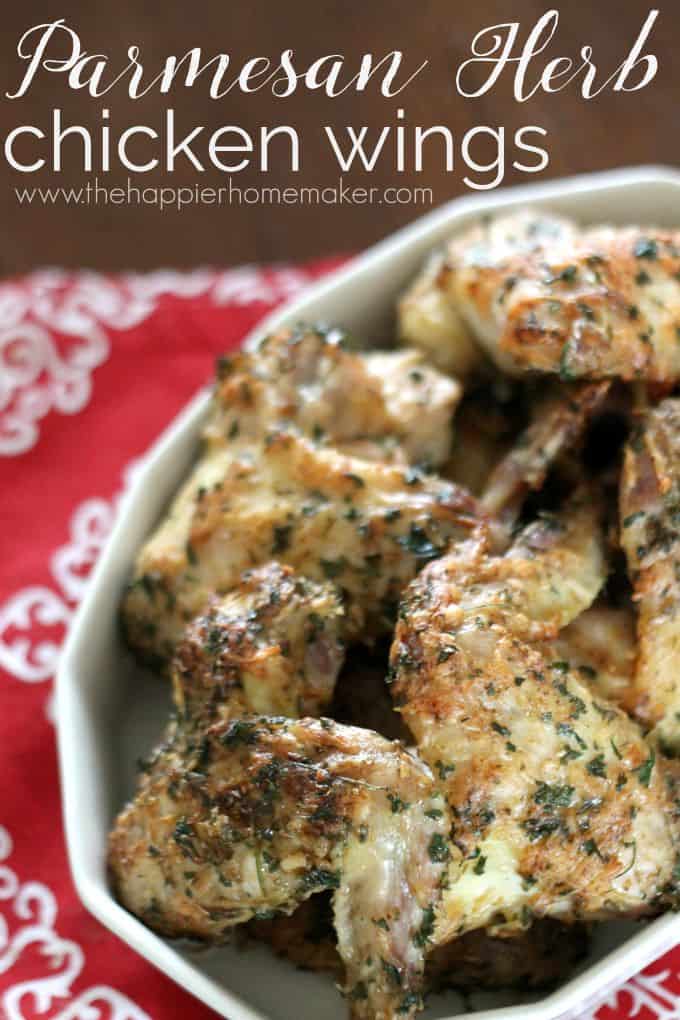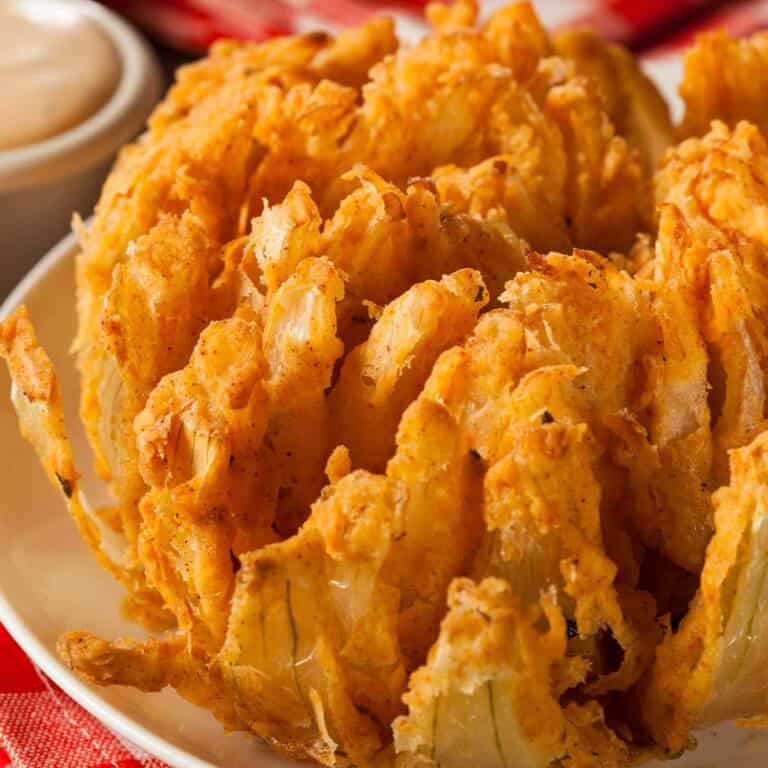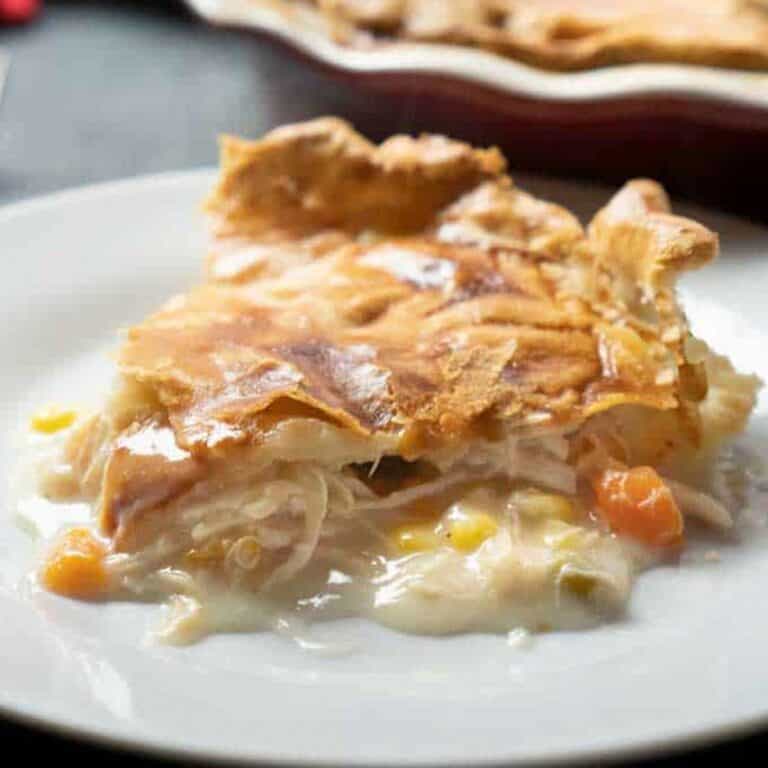What to Serve on a Charcuterie Board
This post may contain affiliate links. If you purchase through links on our site, we may earn a commission.
Charcuterie boards are such a fun and super easy to put together appetizer or snack. If you’ve never made one, you might wonder what to serve with a charcuterie board.
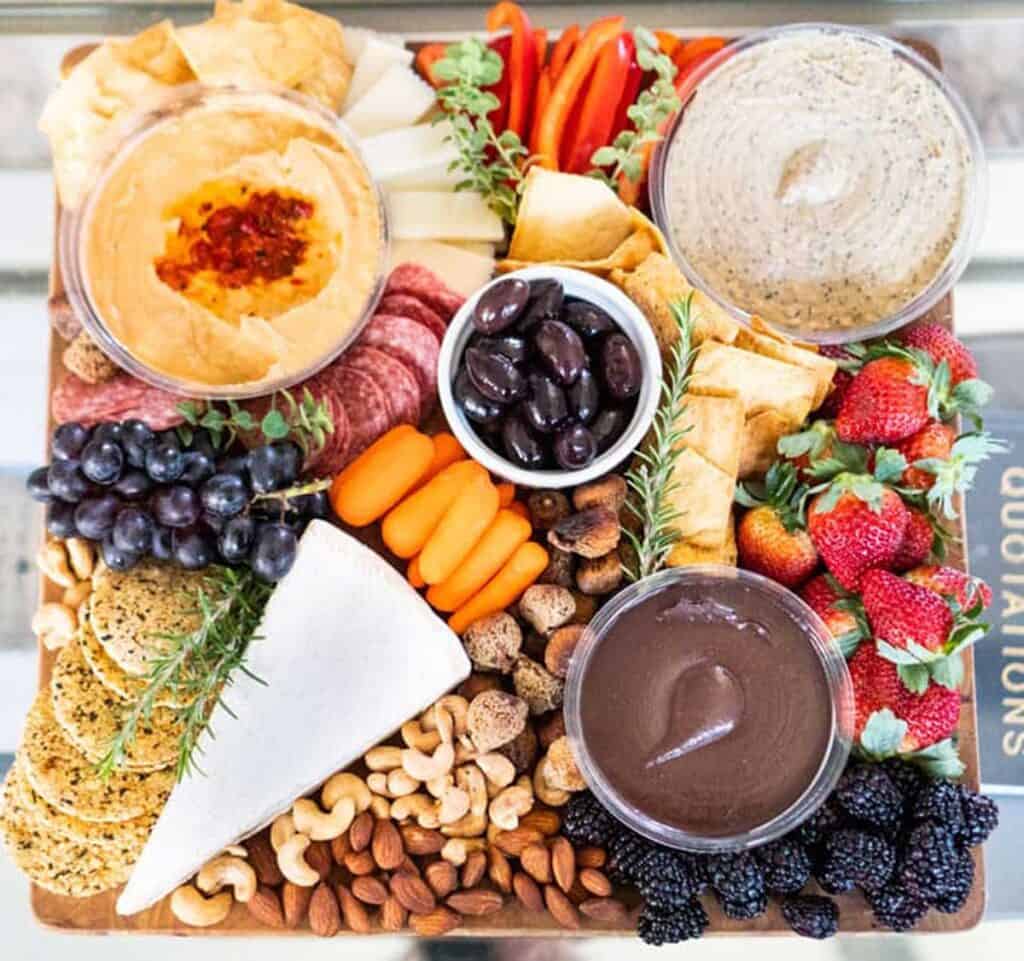
Want to save this recipe?
Enter your email & I’ll send it to your inbox. Plus, get great new recipes from me every week!
A typical charcuterie board is made up of cured meats, cheese, crackers, and other accompaniments like nuts, olives, and fruit. Below l’ll explain the basics of charcuterie boards and give you the best tips and tricks for creating a beautiful and tasty board for your next dinner party.
The Basics of Charcuterie
Charcuterie boards are so versatile and you can make them with basically any snack ingredients you like. Since they’re so customizable, you can cater to any palate and any occasion.
A traditional charcuterie board is a selection of cured meat, a variety of hard cheese and soft cheeses, crackers, and other accompaniments like olives. Whether you make a sweet or savory board, the key to a successful charcuterie platter lies in the balance of flavors and textures.
The board itself serves as a blank canvas and you get to arrange your ingredients in a visually appealing way. With a little creativity, you can craft a tasty and beautiful spread. Let’s talk about what to serve with your charcuterie board and all the great options you have if you’re making a traditional board with meats and cheeses.
What to Serve With a Charcuterie Board
Cheese Selection
Cheese is a crucial component of the perfect charcuterie board. Choosing the right cheeses can take your spread to the next level.
You want to aim for a variety of textures, flavors, and types of cheese. Include a soft cheese like brie or camembert for a creamy element. Creamy cheeses are always a big hit!
Add a semi-hard cheese like aged cheddar or gouda for a milder taste, and a harder cheese like aged gouda or parmesan for a stronger, nutty flavor.
Don’t be afraid to experiment with different types of cheese and consider adding a crumbly cheese like blue cheese or a goat cheese for some extra complexity and even more variety of flavors. Remember to slice or cut the cheese into bite-sized pieces to make it easy to enjoy!
Meat Selection
When it comes to choosing meats, again, you want to go for a variety. Classic salty meats like prosciutto, salami, roast beef, and pepperoni are always a hit so you have savory and salty flavors.
For a fancier touch, consider adding some unique cured meats like parma ham, soppressata, or bresaola. Don’t forget about the texture as well – include both sliced meats and bite-sized chunks for added variety.
Remember to provide a vegetarian option such as marinated tofu or roasted vegetables for any non-meat eaters in your group. That’s the fun of charcuterie boards, you can make them with so much variety to suit so many different tastes.
Accompaniments
After the foundation of your board is set with meats and cheeses, it’s time to add all the extra tasty goodness! These extras are what make your board stand out and add a pop of flavor to every bite.
Think about adding a variety of nuts, like almonds or walnuts, to add some crunch. Green, black, and kalamata olives give you a salty element.
Fresh fruit and dried fruit like grapes, fresh figs, and apricots bring a touch of sweetness to balance out the savory meats and cheeses. Some more good choices would be cherry tomatoes, pickled okra, dill pickles, or lemon wedges for a little sprinkle of lemon juice.
Don’t forget to include some spreads or dips, like spreadable cheeses, honey, mustard, fig jam, or chutney, to enhance the flavors and add a burst of tanginess. These accompaniments will take your charcuterie board from ordinary to extraordinary for a little girls’ night get-together or a big party spread!
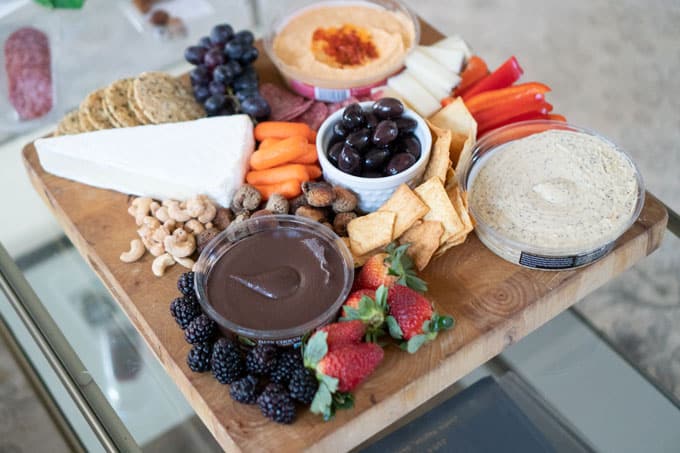
Tips for arranging a beautiful board
Now that you have all your ingredients ready, it’s time to learn the art of preparing them on your charcuterie board to make it both cool to look at and delicious to enjoy.
First you’ll need a large board. There are all sorts of beautiful charcuterie boards you can buy, but you can really use any big board you have, like a cutting board.
When it comes to arrangement, you can find a thousand different charcuterie board ideas online, or you can let your creativity take over and design your own. To help you get started, here are some tips to arrange a beautiful and mouthwatering board for your special occasions:
1. Start with the selection of cheeses: Place the different cheeses on your board, spacing them out to create balance. Mix different colors, shapes, and textures for an eye-catching display.
2. Arrange a variety of meats in a fan shape: Fold or roll the cured meats and place them in a fan shape around the cheeses. This adds dimension and allows your guests to easily grab a slice or two.
3. Create small piles of accompaniments: Arrange the nuts, olives, and fruits in small piles or clusters between the cheeses and meats. This creates visual interest and allows guests to mix and match flavors as they please.
4. Add pops of beautiful colors: Incorporate fresh herbs or edible flowers to add a burst of color to your board. This not only makes it visually appealing but also adds freshness to the overall taste.
5. Fill in the gaps: If there are any empty spaces on your board, fill them in with more accompaniments or crackers. Just make sure that every inch of the board is used, this creates the sense of abundance that every good charcuterie board gives off.
Remember, there are no hard and fast rules when it comes to arranging a charcuterie board. The best charcuterie board is the one that suits your and your guest’s tastes and preferences! Let your creativity shine and have fun with it. With these tips, your board is sure to impress and delight your guests at your next gathering.

